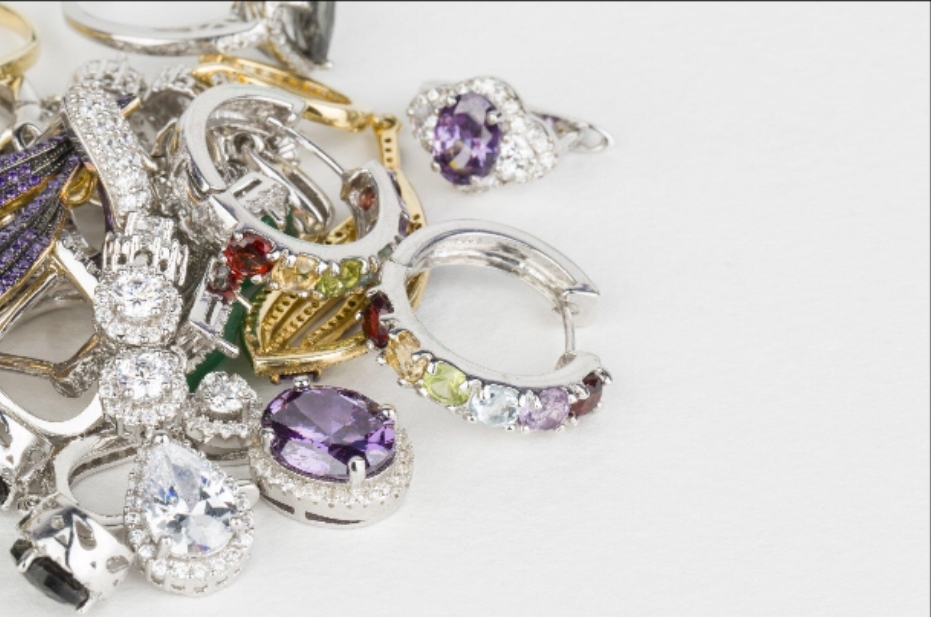The Future of Luxury: Technological Advancements in Automatic Watches
Introduction to Automatic Watches
Automatic watches, also known as self-winding watches, have been a symbol of luxury and craftsmanship for decades. These timepieces harness the natural motion of the wearer’s wrist to power the watch’s movement, eliminating the need for manual winding or battery replacement. As technology continues to evolve, the world of automatic watches is experiencing a revolution, with new innovations and advancements shaping the future of luxury watchmaking.
The History of Automatic Watches
Early Developments
The concept of automatic watches dates back to the late 18th century when watchmakers began experimenting with self-winding mechanisms. However, it wasn’t until the early 20th century that automatic watches gained popularity, thanks to the introduction of the rotor system by John Harwood in 1923.
The Rise of Luxury Brands
Throughout the 20th century, luxury watch brands such as Rolex, Omega, and Patek Philippe embraced the automatic watch movement, incorporating it into their high-end timepieces. These brands became synonymous with quality, precision, and prestige, setting the standard for the luxury watch industry.
How Automatic Watches Work
The Rotor System
At the heart of an automatic watch lies the rotor system. This weighted semicircular disc is connected to the watch’s mainspring and rotates freely with the movement of the wearer’s wrist. As the rotor spins, it winds the mainspring, storing energy to power the watch’s movement.
The Gear Train
The energy stored in the mainspring is transferred to the watch’s gear train, a series of interconnected gears that regulate the watch’s timekeeping. The gear train consists of the following components:
| Component | Function |
| Mainspring | Stores energy from the rotor |
| Barrel | Houses the mainspring |
| Center wheel | Drives the minute hand |
| Third wheel | Drives the second hand |
| Fourth wheel | Drives the escape wheel |
| Escape wheel | Regulates the release of energy |
The Escapement
The escapement is a critical component of an automatic watch, responsible for regulating the release of energy from the mainspring to the gear train. It consists of the escape wheel, pallet fork, and balance wheel, working together to maintain accurate timekeeping.
Technological Advancements in Automatic Watches
Materials and Manufacturing
Advancements in materials science and manufacturing techniques have revolutionized the world of automatic watches. From the use of high-tech ceramics and titanium to the implementation of 3D printing and computer-aided design (CAD), watchmakers now have access to a wide range of tools and materials to create more durable, precise, and visually stunning timepieces.
Improved Accuracy
One of the primary focuses of technological advancements in automatic watches is improving accuracy. Innovations such as the co-axial escapement, developed by George Daniels and perfected by Omega, have significantly reduced friction and improved the watch’s timekeeping performance. Other advancements, such as the use of silicon hairsprings and escapement components, have further enhanced accuracy by minimizing the effects of temperature fluctuations and magnetic fields.
Complications and Features
Automatic watches have also seen a surge in the development of complications and features. From simple date displays to complex perpetual calendars, minute repeaters, and tourbillons, watchmakers are continually pushing the boundaries of what is possible in a mechanical timepiece. Additionally, the integration of smart features, such as fitness tracking and mobile connectivity, has opened up new possibilities for the future of automatic watches.
The Rise of Smartwatches
The Impact on Traditional Watchmaking
The advent of smartwatches has undoubtedly had an impact on the traditional watchmaking industry. With the ability to offer a wide range of features and functionalities, smartwatches have captured a significant market share, particularly among younger generations. However, rather than viewing smartwatches as a threat, many luxury watch brands have embraced the technology, incorporating smart features into their automatic watches.
Hybrid Watches
Hybrid watches, which combine the craftsmanship and elegance of traditional automatic watches with the functionality of smartwatches, have emerged as a popular compromise. These timepieces offer the best of both worlds, allowing wearers to enjoy the prestige and timeless appeal of a luxury watch while still benefiting from modern conveniences such as fitness tracking and mobile notifications.
The Future of Automatic Watches
Continued Innovation
As technology continues to advance, the future of automatic watches looks bright. Watchmakers will continue to push the boundaries of innovation, developing new materials, manufacturing techniques, and complications that enhance the performance, accuracy, and functionality of their timepieces.
Sustainability and Ethical Sourcing
In addition to technological advancements, the luxury watch industry is also focusing on sustainability and ethical sourcing. Many brands are adopting eco-friendly materials and manufacturing processes, as well as ensuring that their supply chains are transparent and socially responsible. This commitment to sustainability will likely become increasingly important to consumers in the years to come.
Personalization and Customization
Another trend that is set to shape the future of automatic watches is personalization and customization. With the rise of 3D printing and advanced manufacturing techniques, watchmakers will be able to offer a greater level of customization, allowing consumers to create truly unique and personalized timepieces that reflect their individual style and preferences.
Collecting Automatic Watches
The Appeal of Vintage Timepieces
For many watch enthusiasts, the appeal of automatic watches lies not only in their technological advancements but also in their history and heritage. Vintage automatic watches, particularly those from iconic brands such as Rolex and Patek Philippe, have become highly sought-after collectibles, with prices often reaching well into the six figures.
Investment Potential
In addition to their aesthetic and historical value, automatic watches have also proven to be a sound investment. Many high-end timepieces have appreciated significantly in value over the years, making them an attractive option for collectors and investors alike. However, it is important to approach watch collecting with a focus on personal enjoyment and appreciation, rather than solely as a financial investment.
Maintenance and Care
Regular Servicing
To ensure the longevity and optimal performance of an automatic watch, regular servicing is essential. Most manufacturers recommend servicing every 3-5 years, depending on the model and usage. During a service, a qualified watchmaker will disassemble the watch, clean and lubricate the components, and make any necessary repairs or adjustments.
Storage and Protection
Proper storage and protection are also crucial for maintaining the condition of an automatic watch. When not in use, watches should be stored in a cool, dry place, away from direct sunlight and magnetic fields. Many collectors opt for specialized watch boxes or winders to keep their timepieces safe and secure.
Conclusion
Automatic watches have come a long way since their inception, and the future looks brighter than ever. With continued technological advancements, a focus on sustainability and ethical sourcing, and the rise of personalization and customization, the world of luxury watchmaking is poised for exciting developments in the years to come. Whether you are a seasoned collector or simply appreciate the craftsmanship and elegance of these timepieces, automatic watches will undoubtedly remain a symbol of luxury and sophistication for generations to come.
Title: The Future of Luxury: Technological Advancements in Automatic Watches
Description: As technology continues to advance, the future of automatic watches looks bright. Watchmakers will continue to push the boundaries of innovation, developing new materials, manufacturing techniques, and complications





